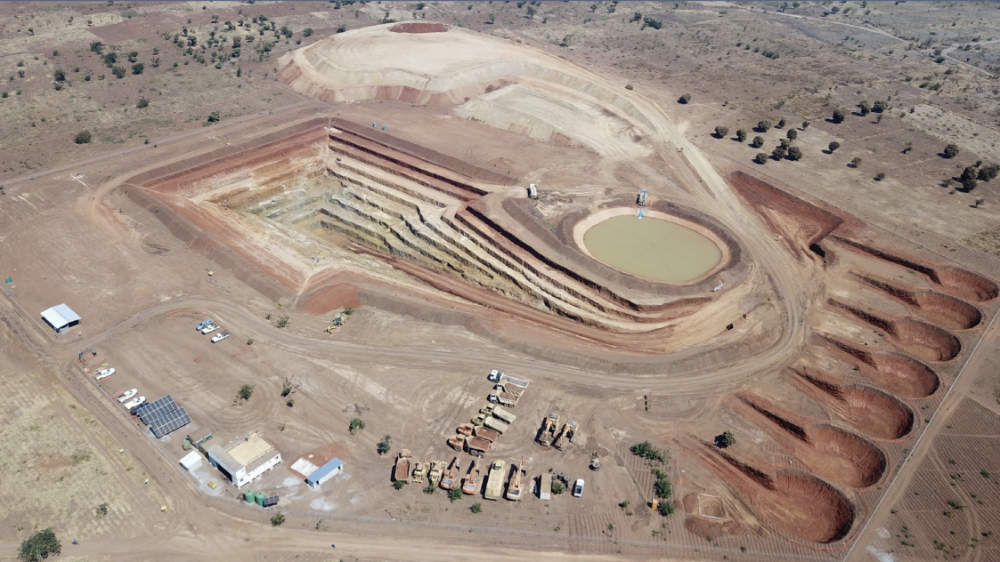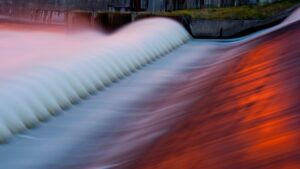Sovereign Metals’ optimised PFS cements Kasiya’s standing as largest and lowest-cost future producer of rutile and graphite

SVM has scored with its optimised PFS confirming low costs and robust returns from its Kasiya rutile-graphite project in Malawi. Pic: Getty Images
- Sovereign Metals’ optimised PFS for Kasiya includes technical inputs from major shareholder Rio Tinto
- Move to large-scale, open-pit dry mining over hydraulic mining maintains low costs with opex estimated at US$423/t
- Project to deliver robust returns with NPV and IRR of US$2.3bn and 27% respectively
Special Report: Sovereign Metals is waving the development banner after unleashing an optimised pre-feasibility study for its Kasiya rutile-graphite project, which was completed with technical aid from Rio Tinto and promises low costs and robust returns.
The optimised PFS, which included inputs from various organisations, including world-class consultancies and subject matter experts from major shareholder Rio, reconfirmed Kasiya as a leading global future supplier of strategic critical minerals outside of China.
Sovereign Metals (ASX:SVM) found that the large-scale, long-life project could deliver net present value and internal rate of return – both measures of profitability – of US$2.3bn ($3.67bn) and 27% respectively.
Kasiya is expected to generate total revenue of US$16.4bn over its initial 25-year mine life with capex to first production estimated at US$665m (increasing to US$1.13bn over the life of mine) and opex at US$423 per tonne of product.
Plant throughput is expected to be 12Mtpa through the first four years before doubling to 24Mtpa from Year 5 onwards.
This will deliver average annual production of 222,000t of rutile and 233,000t of 96% TGC graphite. At steady state this will be 246,000t of rutile and 265,000t of graphite making Sovereign the largest producer of both commodities.
“The level of accuracy and confidence in the economic and technical fundamentals of Kasiya have taken a massive step forward,” managing director Frank Eagar said.
“The successful completion of large-scale field trials, in particular for dry mining, the high degree of technical rigour by our enhanced owner’s team, and Rio Tinto’s technical support have all contributed to confirming Kasiya’s potential to become a long-life, low-cost, secure source of two genuine critical and globally strategic minerals.”

Study optimisations
SVM notes the optimised PFS makes changes in seven key areas compared to the PFS it had originally released towards the end of the September 2023 quarter.
The largest change is proposing that Kasiya be developed as a conventional large-scale, open-pit dry mining operation using draglines and trucking of material to the processing plants rather than as a hydraulic mining operation where slurry material would be screened and pumped overland to the plant.
This was based on findings from the mining trials, which were carried out as part of the pilot mining and land rehabilitation work and does not change the initial mine life of 25 years.
Another major change is moving away from mining on a contractor basis to a fully owner-operated mine with leased equipment as the preferred operating model after undertaking a comprehensive trade-off analysis.
Meanwhile, the change to dry mining means that material received at the plant is not pre-wet and pre-scrubbed, meaning that under the optimised PFS, the initial 12Mtpa plant will have a process front-end of two scrubbers and two oversize screens.
Additionally, it will be located in the southern part of Kasiya while the second 12Mtpa plant will be built in the north, negating any relocation requirements in later years.
SVM will also maximise backfilling of tailings pits as undertaken during the pilot phase and will introduce mud farming on the tailings storage facility to accelerate de-watering and reduce tailings volumes by 44%.
The use of dry mining will also reduce water requirements by almost 40% to 10.2 million cubic metres per annum, which will reduce the volume of the raw water dam from 0.79Mm3 to 0.57Mm3 and the dam wall height from 20m to 17m.
Lastly, the improved reliability of the Malawi power grid, which is expected to increase further following commissioning of the country’s first HV transmission interconnector to Mozambique in Q2 2025, led the optimised PFS to commit to sourcing power from the grid only rather than increase risks by commissioning a new solar power project.

Giant rutile and graphite producer
Kasiya is currently on track to become the world’s largest producer of both natural rutile and natural flake graphite.
In fact, the depletion of rutile reserves at Lenoil Company’s Area 1 Mine in the coming 2-3 years and recent cessation of mining activities at Energy Fuels’ Kwale operations in Kenya could make the project the world’s only primary rutile producer of scale.
Topping this off, the estimated US$241/t incremental cost of producing graphite would make SVM the world’s lowest-cost graphite producer outside of China based on comparisons with public disclosures by listed graphite companies that have undertaken project studies up to a PFS stage or later.
High-quality Kasiya rutile will be amenable for use in high-end titanium products including aerospace and defence applications while the high-purity, high-crystallinity and high-value coarse-flake graphite product has already been found to be suitable for producing anode materials used for lithium-ion battery production.
This article was developed in collaboration with Sovereign Metals, a Stockhead advertiser at the time of publishing.
This article does not constitute financial product advice. You should consider obtaining independent advice before making any financial decisions.
Related Topics

UNLOCK INSIGHTS
Discover the untold stories of emerging ASX stocks.
Daily news and expert analysis, it's free to subscribe.
By proceeding, you confirm you understand that we handle personal information in accordance with our Privacy Policy.








